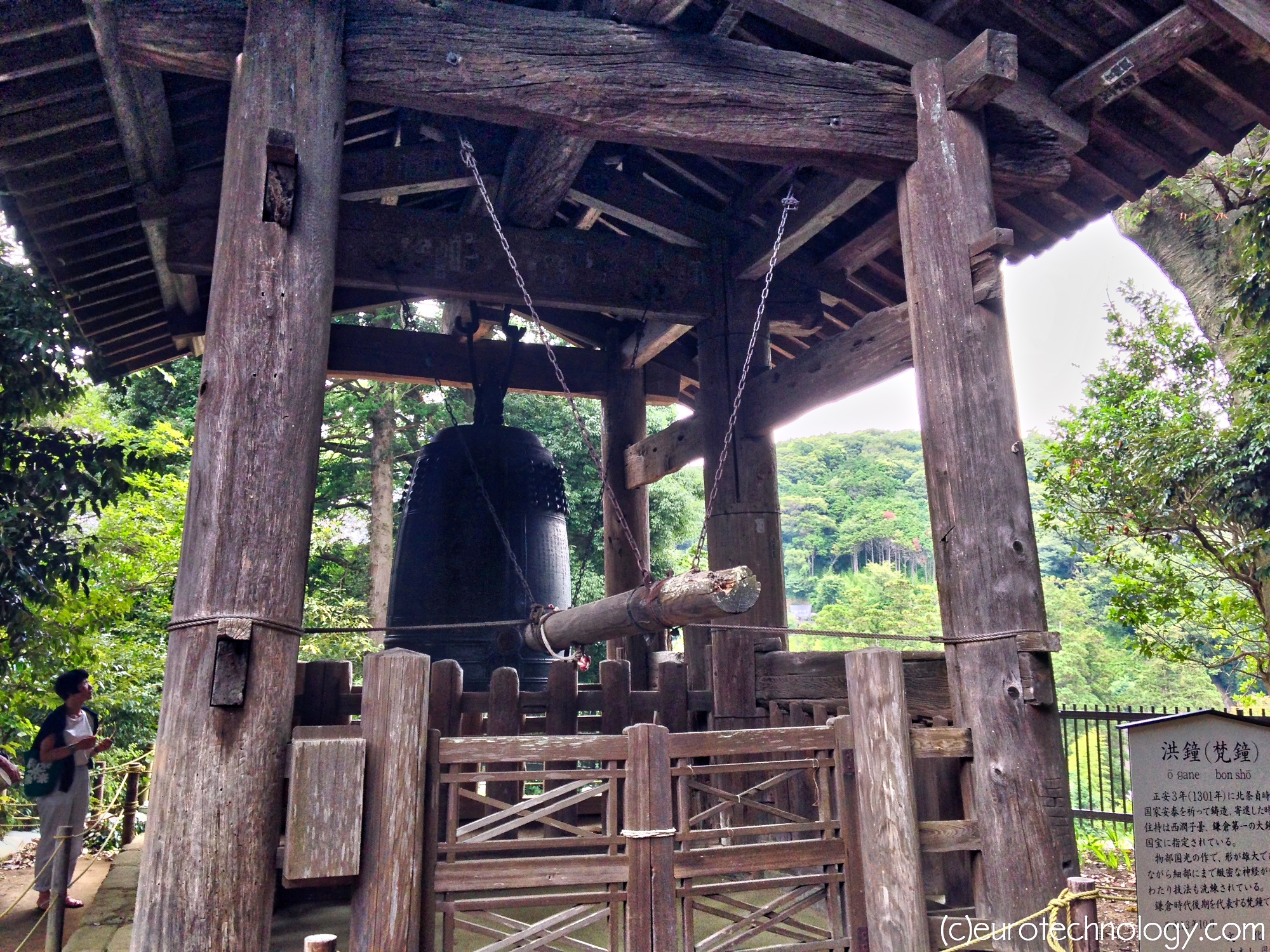Three hours in Kamakura – published in The Wallstreet Journal series “three hours in…”
by Gerhard Fasol
Kamakura sightseeing: Guest guide Gerhard Fasol takes you to his favorite town in Japan
(this is the unedited original manuscript, Wall Street Journal printed an edited and shorter version)
Guest guide Gerhard Fasol takes you to his favorite town in Japan.
Kamakura – Your Guide:
Gerhard Fasol, Founder and CEO of Eurotechnology Japan KK, a group of hands-on Japan experts, who build and expand the Japan business for US and EU high-tech companies and vice-versa.
Kamakura – Where he’d go:
I take a Yokosuka-Line JR-train to Kamakura, about 50 minutes from Tokyo. On the train I read the book “Kamakura – Fact and Legend” written by Japanese Countess Iso Mutsu (睦磯, née Gertrude Ethel Passingham) around 1918.
Kamakura – What he’d do:
From Kamakura station it’s a 10 minute taxi ride to Houkokuji (報国寺) Zen temple founded in 1334 by Ashikaga Ietoki. I’ll walk up the narrow path to the temple, admiring the lush gardens and the moss. Near the back of the bamboo forest, I’ll order macha (Japanese green tea, made by whipping hot water and green tea powder with a special bamboo whisk). I’ll sit on a bench under the red umbrellas, listen to the waterfall, watch the beams of light through the dense bamboo trees and recover my peace, away from Tokyo’s intense life. It seems worlds away from the 30 million metropolis. I’ll drive 15 minutes to Yuigahama beach (由比ヶ浜海岸), and if it’s summer I’ll take my kids for a swim on the shore of the Sagami Bay and drink a cocktail in one of the beach houses, while my kids eat kakikouri (かき氷, shaved ice with syrup). To return we’ll take the Enoden railway along the Shonan beach back to Fujisawa.
Kamakura – Why you should go:
Kamakura is a jewel and a lifetime is not enough to discover all of it’s treasures. Today Kamakura is a city of art, history, tranquility and peace. It was not always so peaceful. You need to take a closer look to discover that it was also a place of ferocious fighting and many battles for power. Many artifacts in Kamakura, and warrior’s graves, remind of Japan’s “war of roses” 900 years ago – between the Minamoto (also called Genji) clan represented by white, and the Taira (or Heike) clan represented by the red color. In 1180 the victorious Yoritomo of the Minamoto clan set up his headquarters in Kamakura, which remained the focus of government – and the power struggles which come with it – for about 300 years. Gone are the horses and swords – since the Yokosuka railway opened for business in 1889, instead of warriors, about 17 million tourists invade Kamakura every year.
Copyright (c) 2013-2024 Eurotechnology Japan KK All Rights Reserved

